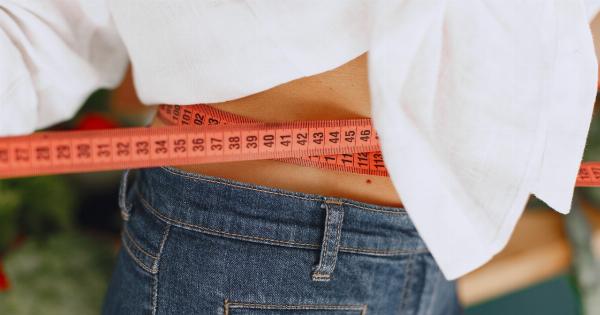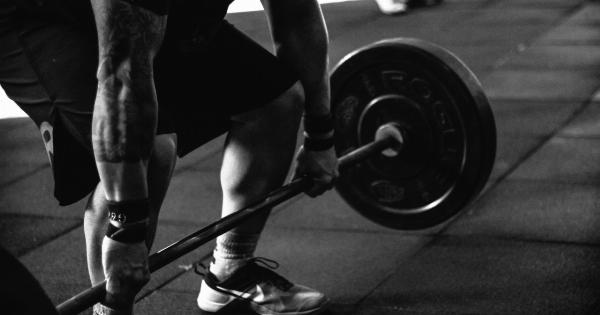When we think of body shapes, we often think of aesthetics alone.
But did you know that your body shape can also be an indicator of your health? In fact, research shows that your body shape can be an even stronger predictor of certain health conditions than your weight alone. Let’s explore the link between body shape and health.
Apple vs. Pear Shape
The two most commonly recognized body shapes are the “apple” and the “pear.” The apple shape refers to those who carry excess weight around their midsection, while the pear shape refers to those who carry excess weight in their hips, thighs, and buttocks.
Studies have shown that individuals with an apple shape are at a higher risk for health issues such as diabetes, heart disease, and stroke, compared to those with a pear shape.
This is because fat stored in the belly area, also known as visceral fat, is more metabolically active and can release hormones and inflammatory substances that contribute to these health conditions.
On the other hand, those with a pear shape tend to have more subcutaneous fat, which is stored beneath the skin and is not as metabolically active as visceral fat.
While excess weight can still be problematic for pear-shaped individuals, it may not carry the same health risks as excess belly fat.
Waist-to-Hip Ratio
Another way to measure body shape is through the waist-to-hip ratio (WHR). This is calculated by dividing your waist circumference by your hip circumference.
A WHR of over 0.85 for women and over 1.0 for men indicates an apple shape and may put you at a higher risk for health issues, while a WHR under these values indicates a pear shape.
Research has found that even among those with a normal body mass index (BMI), a higher WHR can be associated with a higher risk for health problems such as diabetes, heart disease, and breast cancer.
This suggests that body shape may be a more important factor to consider when assessing health risks than weight alone.
Health Risks of Being Underweight
While much attention is given to the health risks associated with overweight and obesity, being underweight can also carry health risks. Those with a BMI below 18.5 may be at a higher risk for malnutrition, weakened immune system, and osteoporosis.
In addition, being underweight can also be a sign of underlying health issues such as thyroid problems, gastrointestinal disorders, and cancer.
If you are underweight and have concerns about your health, it is important to speak with a healthcare professional.
The Importance of Body Composition
Another important factor to consider when assessing health risks is body composition. This refers to the ratio of fat mass to lean mass in the body.
Even if two individuals have the same BMI and body shape, their body composition can vary greatly.
For example, one person may have a higher percentage of muscle mass and therefore a lower percentage of body fat, while another person may have a higher percentage of body fat and a lower percentage of muscle mass.
Research has shown that having a higher percentage of body fat, particularly visceral fat, can increase the risk for health problems such as metabolic syndrome and type 2 diabetes, even if BMI is within a healthy range.
Therefore, it is important to consider body composition when assessing health risks.
Improving Health Through Diet and Exercise
While body shape and composition can be indicators of health risks, the good news is that many of these risks can be improved through diet and exercise.
For those with an apple shape, losing weight by reducing calorie intake and increasing physical activity can help reduce belly fat and improve overall health.
In addition, incorporating resistance training into your exercise routine can help build muscle and increase metabolism, which can lead to further weight loss and improved health markers.
For those with a pear shape, focusing on exercises that target the lower body, such as squats and lunges, can help tone and strengthen the hips, thighs, and buttocks.
Incorporating cardiovascular exercise can also help reduce excess body fat and improve overall health.
Conclusion
Body shape and composition can be strong indicators of certain health risks.
Individuals with an apple shape may be at a higher risk for health issues such as diabetes, heart disease, and stroke, while individuals with a pear shape may be at a lower risk for these conditions but may still face health risks if body fat percentage is high. Regardless of body shape, improving health through diet and exercise can lead to significant improvements in overall health and quality of life.




























